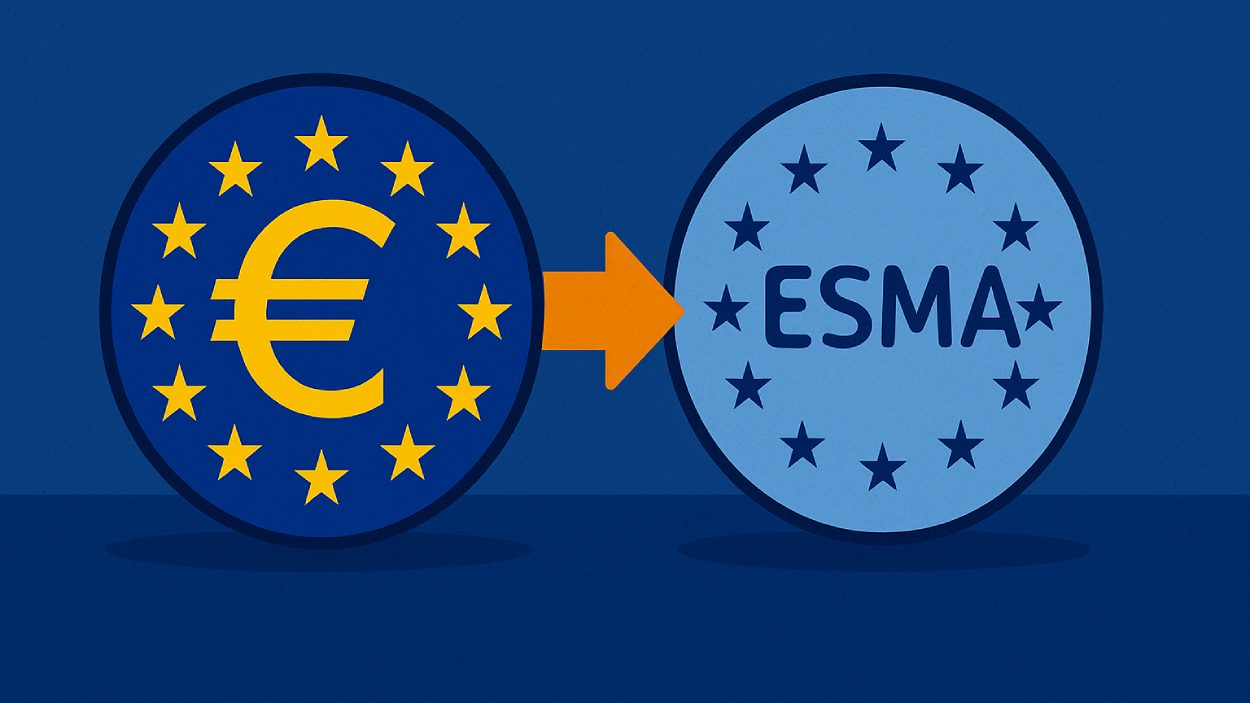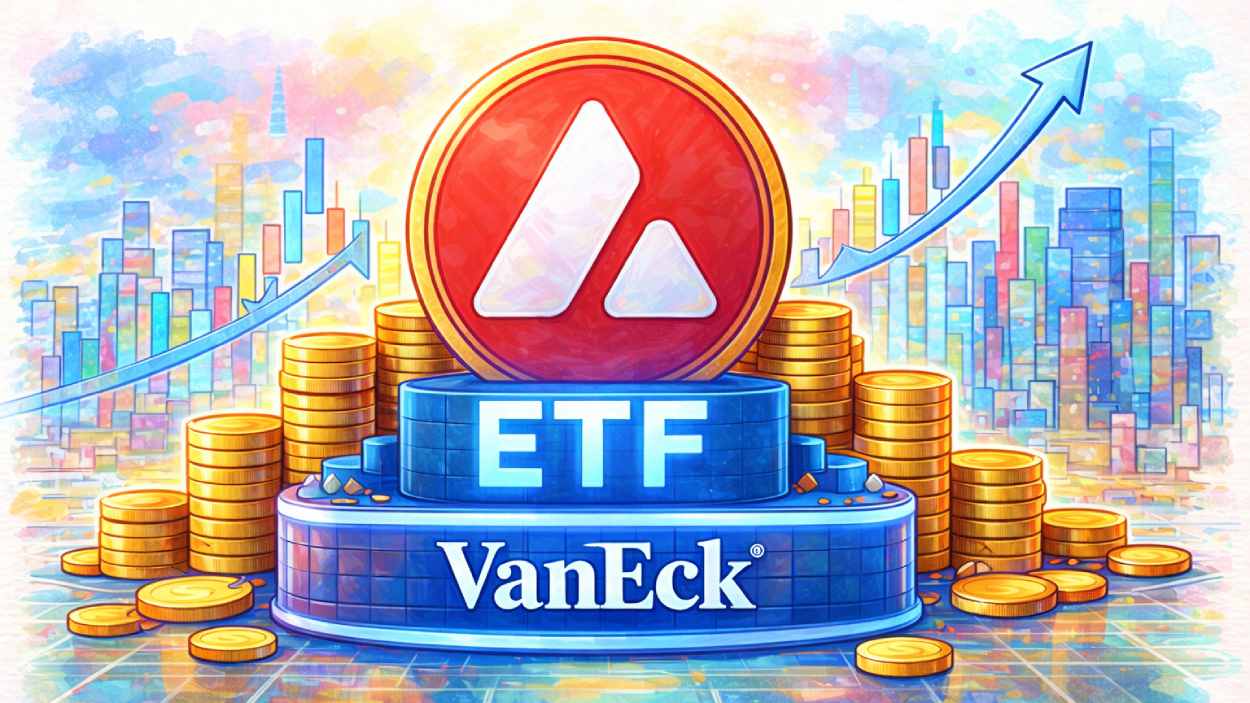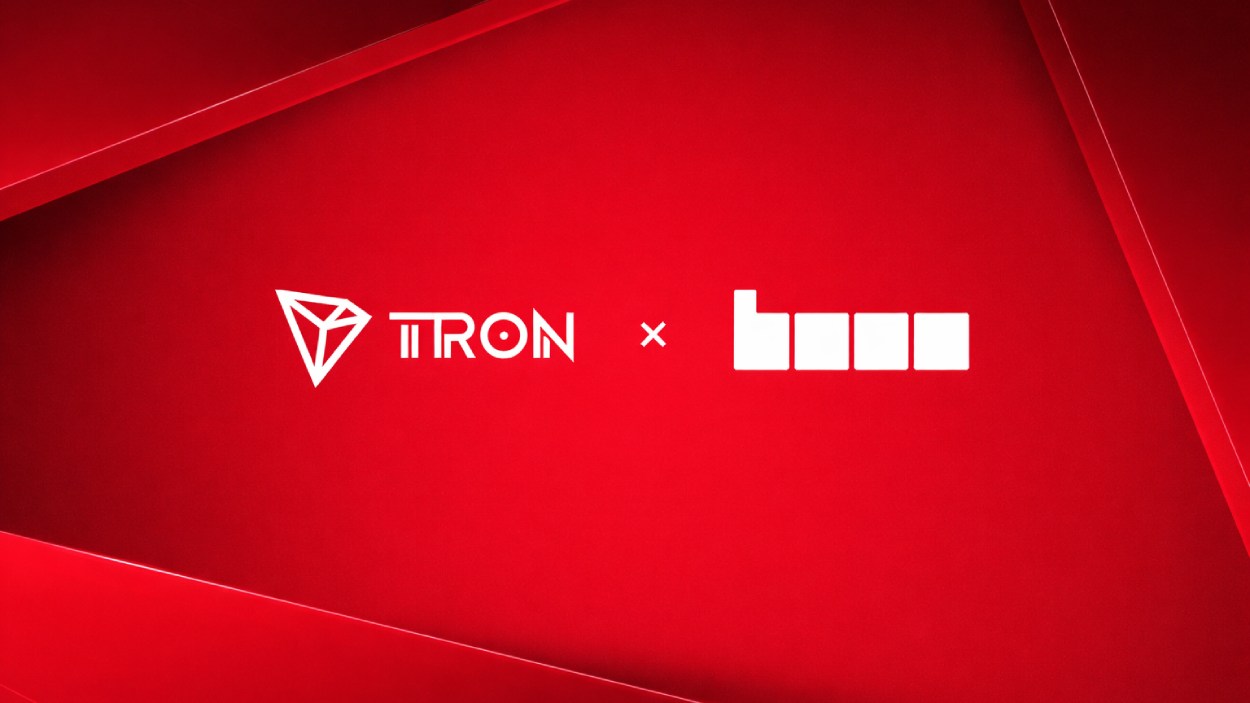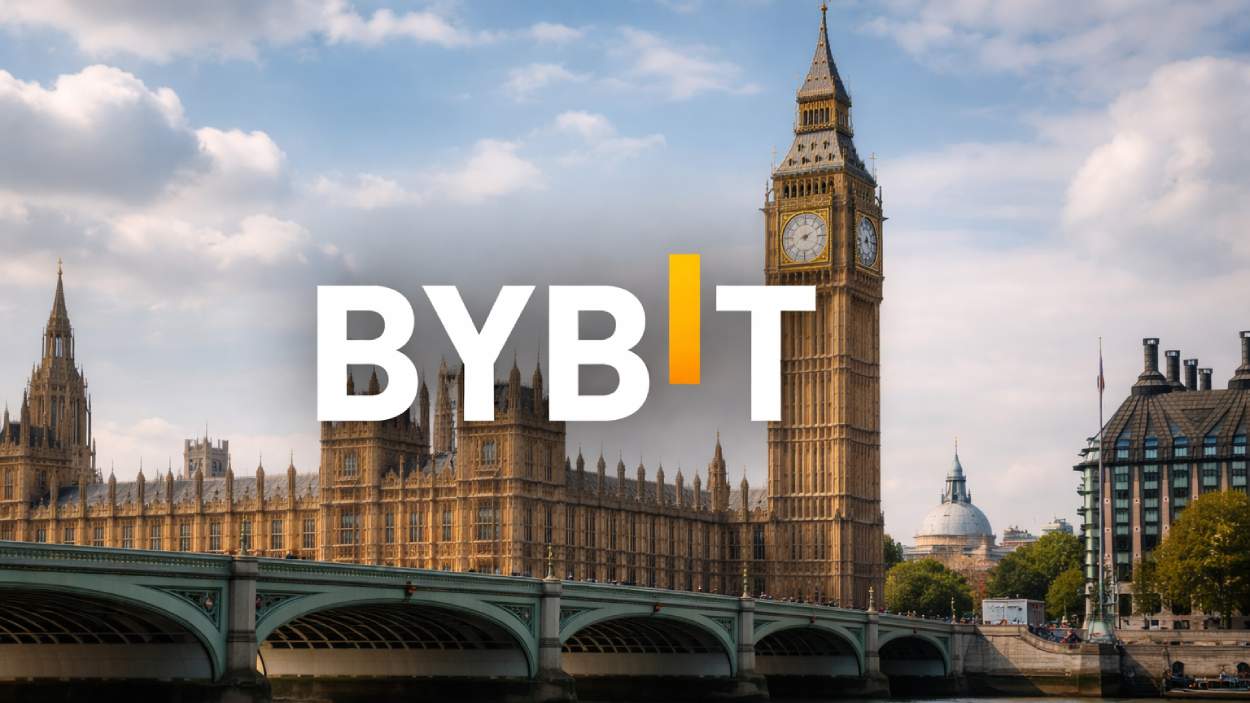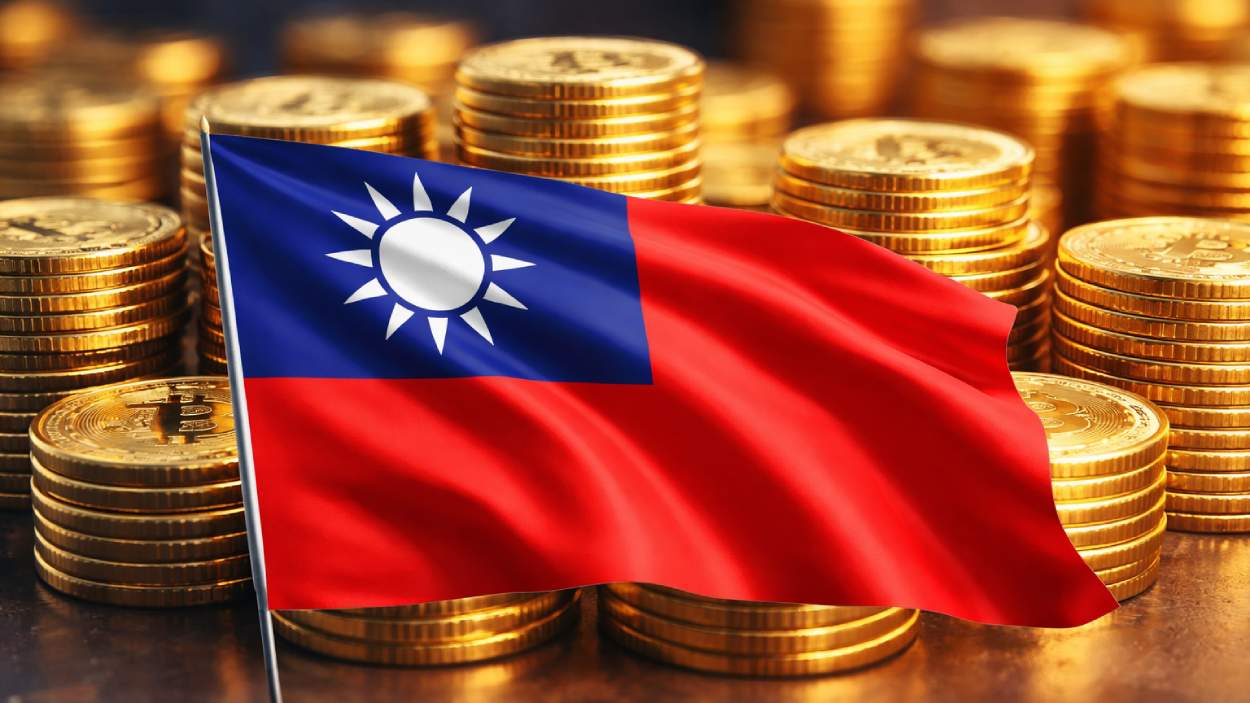France is pushing for the European Securities and Markets Authority to take over direct supervision of crypto companies across the EU to ensure consistent enforcement and protect the bloc’s monetary sovereignty.
Key Takeaways
- France’s central bank wants ESMA to oversee crypto firms under the EU’s MiCA framework, citing the risk of fragmented national regulation.
- Governor Villeroy de Galhau warned that dollar-backed stablecoins could weaken the euro and increase EU reliance on non-European financial systems.
- The Bank of France is advancing projects like Pontes and Appia to strengthen digital euro infrastructure and integrate tokenized assets.
- Crypto groups urged the EU not to revisit rules on multi-issuance stablecoins, warning it could harm market innovation and competitiveness.
What Happened?
The Bank of France has called on the EU to empower the Paris-based ESMA as the main regulator of the region’s crypto sector. Governor François Villeroy de Galhau voiced concerns that current rules allowing crypto firms to operate under licenses from individual member states may lead to regulatory loopholes and arbitrage. His comments come amid rising scrutiny of dollar-pegged stablecoins and growing tension over how cross-border crypto businesses are regulated in the EU.
Brussels is moving fast — not to innovate, but to regulate.
— Shyft Network (@shyftnetwork) October 6, 2025
The European Securities and Markets Authority (ESMA) is set to oversee crypto firms, exchanges, and stablecoins under a tighter, EU-wide framework.#CryptoRegulation #ESMA #Blockchain pic.twitter.com/bHJtaTAKSS
France Pushes for ESMA to Oversee Crypto Markets
At the ACPR-AMF Fintech Forum, Governor Villeroy de Galhau argued that ESMA should supervise crypto-asset issuers directly under the EU’s Markets in Crypto-Assets (MiCA) regulation. He warned that leaving oversight to national regulators risks uneven enforcement and regulatory arbitrage.
“European supervision of crypto-asset issuers, carried out by ESMA, may guarantee the consistent application of rules and reduce risks,” said Villeroy de Galhau. He emphasized that a fragmented system would jeopardize financial stability and weaken investor protection as crypto companies expand rapidly across EU borders.
The current passporting regime under MiCA allows a crypto firm licensed in one member state to operate throughout the 27-country bloc. While intended to reduce friction, this model has drawn criticism due to inconsistent regulatory standards. For example, ESMA previously flagged weaknesses in Malta’s crypto licensing process, while France’s own AMF warned of enforcement gaps.
Stablecoins and Monetary Sovereignty in the Spotlight
A major concern raised by Villeroy de Galhau is the growing dominance of USD-backed stablecoins like USDC, issued by Circle. He warned these assets could erode the euro’s role in global settlements and increase reliance on non-European platforms.
He criticized MiCA’s allowance of multi-issuance models, where companies can issue the same stablecoin inside and outside the EU while holding partial reserves locally. This could create serious legal, operational, and financial stability risks, especially during times of market stress.
The European Systemic Risk Board and the Bank of Italy have both raised similar concerns, and the European Central Bank is reportedly pushing for a ban on multi-issuance stablecoins.
In response to this growing scrutiny, several crypto and payments trade groups sent a letter to the European Commission, warning that revisiting the multi-issuance model could disrupt operations for stablecoins that dominate the market. The letter argued that such a move would set the EU back and hinder global crypto innovation.
Banque de France Bets on Digital Euro Infrastructure
Beyond regulatory concerns, France is backing innovation with digital currencies to secure the euro’s future. The Bank of France is leading initiatives such as Pontes, which allows financial institutions to settle tokenized assets in central bank money using the Eurosystem’s infrastructure or blockchain networks.
A second initiative, Appia, aims to build a platform where tokenized central bank money, deposits, and securities can interact. Villeroy de Galhau described these efforts as crucial to creating a modern, integrated capital market in Europe.
He also challenged private European banks to do their part by developing tokenized money products. “We could have both tokenized deposits and bank-issued stablecoins, but we must not end up with neither,” he said.
CoinLaw’s Takeaway
I’ve been watching the EU’s regulatory evolution for years, and this is a pivotal moment. Villeroy de Galhau is right to call out the gaps in crypto supervision, especially as big players exploit passporting to bypass stronger oversight. Putting ESMA in charge could finally bring the consistency the market needs. I also find the pushback on stablecoins overdue. The dominance of dollar-backed tokens like USDC does pose a threat to the euro’s influence. Europe needs smart regulation, not suffocating controls. And kudos to France for actually investing in infrastructure instead of just talking about it. More countries should follow that lead.
Hover or focus to see the definition of the term.

